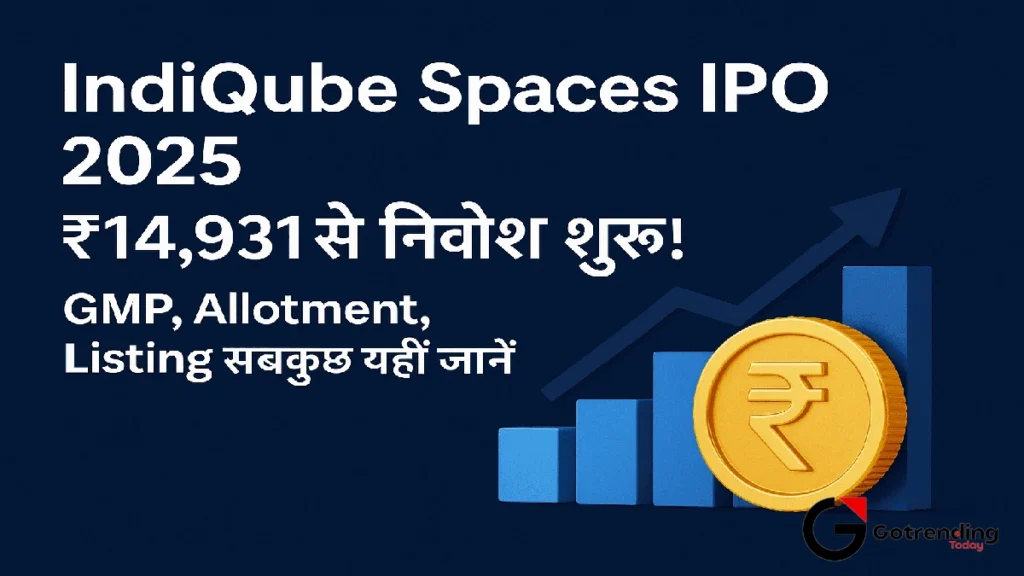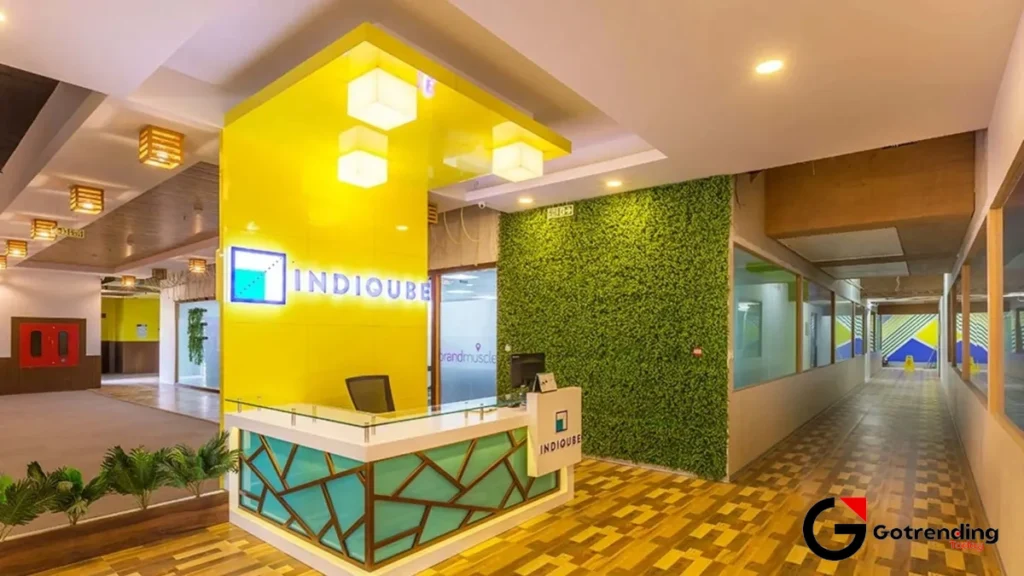IndiQube Spaces IPO GMP | Peeking Behind the Curtain of the Next Big Office IPO
Alright, let’s talk. Every time an IPO with a bit of buzz comes around, my phone starts lighting up. WhatsApp groups, Telegram channels, that one uncle who fancies himself the next Rakesh Jhunjhunwala… they all start forwarding the same two acronyms: “GMP” and “SUBS.” It’s the modern-day stock market roar. And right now, the name echoing in that digital arena is IndiQube.
I’ve been watching the coworking space for years, even before WeWork’s spectacular flameout made it front-page news. It’s a fascinating, brutal industry. So, when I heard IndiQube Spaces was filing for an IPO, my first thought wasn’t about the price band or the lot size. It was a simple question: Is this different?
And that’s the real question we need to ask, isn’t it? Because the chatter around the IndiQube Spaces IPO GMP is just that chatter. It’s the whisper before the show starts, not the show itself. So let’s pull up a chair, grab a coffee, and actually figure out what’s going on here.
The Grey Market Premium Seduction

First, let’s get this out of the way. What even is the Grey Market Premium (GMP)?
Think of it as the unofficial pulse of an IPO. It’s an unregulated, over-the-counter market where people are basically placing bets on what the listing price will be. If the IPO price is ₹500 and the GMP is ₹100, it means some folks are willing to buy the shares for ₹600 before they even officially list. It’s a measure of pure, unadulterated hype. And when it’s high, it’s incredibly seductive.
But here’s the cold water. The Grey Market Premium is not a promise. It’s not an official number from SEBI. It’s a ghost. I’ve seen IPOs with massive GMPs list flat, or even at a discount, leaving all the hype-chasers holding the bag. It can evaporate overnight based on market sentiment or a sudden bad news cycle. Relying on it alone is like navigating a ship using only the foghorn of another vessel. You hear something, but you have no idea if it’s leading you to a safe harbor or straight into the rocks.
So, Is the IndiQube Business Model Built to Last?

This, for me, is the core of any IndiQube IPO review. Forget the GMP for a second. Let’s look under the hood.
I initially thought, “Oh great, another WeWork.” But after digging into their business model, I’ve got to admit, there’s something more interesting here. IndiQube isn’t just renting out trendy desks to freelancers and tiny startups. Their focus seems to be heavily on the enterprise segment providing entire managed, flexible office spaces for large companies like Myntra, Unacademy, and even Philips.
Think about it this way. That’s a fundamentally different and, dare I say, more stable business model. Large enterprises are stickier clients. They sign longer-term contracts. They’re less likely to disappear overnight if their funding dries up. IndiQube is essentially an outsourced real estate department for corporate India. This is less about “community” and kombucha on tap and more about providing a solid, flexible infrastructure backbone. That feels… smarter. More resilient.
Of course, the big question is profitability. The coworking graveyard is filled with companies that had great-looking spaces but horrifying balance sheets. Anyone seriously considering this IPO needs to pour through their Draft Red Herring Prospectus (DRHP), a document you can usually find on financial portals like Moneycontrol, and scrutinize the numbers. Is their revenue growing? More importantly, are their profits and cash flows following suit?
Reading the Tea Leaves | Subscription Status and What It Means

Okay, let’s get back to the pre-listing frenzy. The other big number everyone watches is the subscription status. How many times has the IPO been oversubscribed? But you can’t just look at the total number. You have to break it down. Let me explain.
- QIBs (Qualified Institutional Buyers): This is the “smart money”—mutual funds, banks, foreign investors. When they subscribe heavily, it’s seen as a huge vote of confidence. They’ve done their homework.
- NIIs (Non-Institutional Investors): These are high-net-worth individuals. Their interest is a strong sign, often driven by a mix of solid research and a healthy appetite for risk.
- Retail (You and Me): High retail subscription means there’s massive public excitement. This is what really fuels a high GMP, but it can also be a sign of pure hype.
And look, seeing the QIB portion subscribed 50x while the retail portion is at 10x tells a very different story than the other way around. It’s like doing a deep dive for a share analysis; you have to look at all the components, not just the final price. The IndiQube IPO details will give you the raw data, but interpreting that subscription mix is where the real art lies.
The whole thing is a fascinating feedback loop. Strong fundamentals attract QIBs, which builds confidence, which drives up the GMP, which excites retail investors, which further boosts subscription numbers. Understanding this dance is key.
So, where does that leave us? The IndiQube Spaces IPO is more than just a number on a GMP tracker. It’s a bet on the future of the Indian office. It’s a test case for whether a company in this sector can actually be a stable, profitable investment. The GMP is the exciting opening act, but the real, long-term performance the future IndiQube share price will depend entirely on the main event: the strength and resilience of the business itself. And that’s a story that’s only just beginning to unfold. The trends in the modern workplace are always shifting, almost as fast as technology itself.
Some Common Questions Popping Up
How can I find the latest IndiQube Spaces IPO GMP?
The GMP isn’t an official figure, so you won’t find it on the NSE or BSE websites. People typically track it on various financial news portals, IPO-specific websites, and forums that specialize in the grey market. Just remember to take the numbers with a huge grain of salt, as they can be volatile and are not regulated.
So, a high GMP means I’ll definitely make money on listing day?
Absolutely not! This is the biggest misconception. The grey market is speculative and has no bearing on the actual listing price. A strong market sell-off or a change in sentiment about the company can wipe out the entire premium by the time the stock lists. Think of GMP as an indicator of demand and excitement, not a guarantee of profit.
What’s the main risk with a company like IndiQube?
The biggest risk is economic sensitivity. In a downturn, companies cut costs, and one of the first things to go can be office space. While IndiQube’s enterprise-focused model offers some protection compared to pure coworking, a major recession could still lead to lower occupancy rates and pressure on their rental income. It’s a business tied closely to corporate health.
Should I apply for the IPO if the subscription numbers are huge?
High subscription numbers, especially from institutional investors (QIBs), are a positive sign but shouldn’t be your only reason. It definitely increases the chances of a positive listing. However, you still need to decide if you believe in the company’s long-term story and if the valuation is reasonable. A frenzy can sometimes lead to overvaluation.













